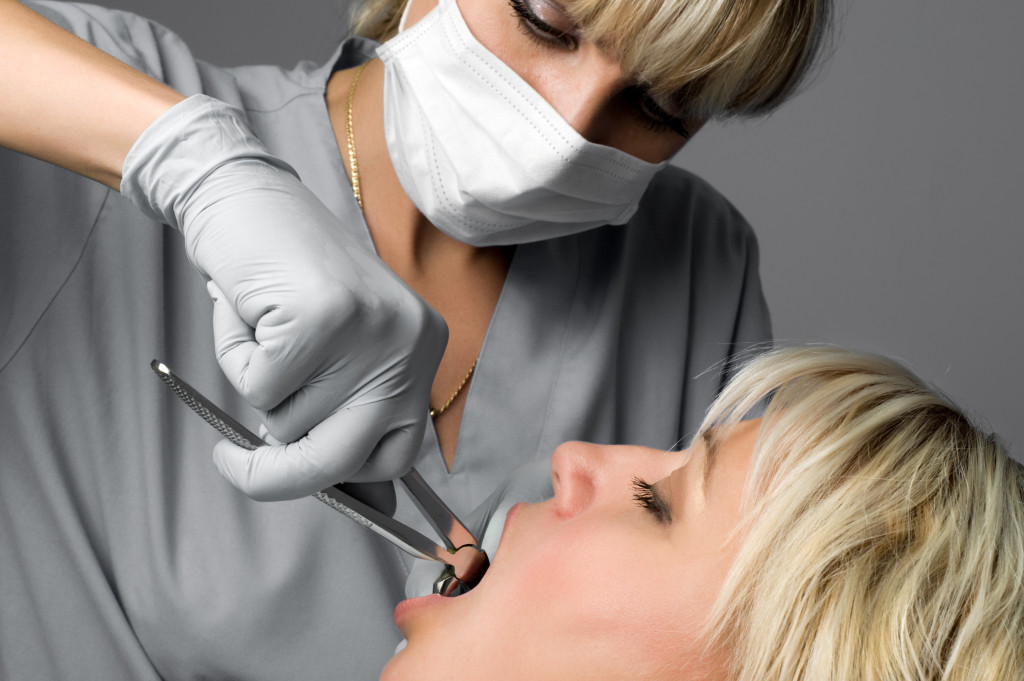Disclaimer: This website provides health information for educational purposes only and is not a substitute for professional medical advice, diagnosis, or treatment. Always seek the guidance of a qualified healthcare provider with any questions you may have.
It’s also easy to see how far we’ve come in the dental industry when you look back at its past. A lot has already been done, from our first dental casts to the introduction of fluoride toothpaste. With each improvement, we have tried to make the dental professional’s job more efficient while enhancing the patient experience.
Dental diseases, while largely avoidable, have a significant health cost for numerous countries and affect individuals of all ages. Oral diseases, according to statistics, afflict almost 3.5 billion people worldwide. The dental industry constantly evolves, with new treatments and procedures developing. This is great news for patients, as there are more options when improving their smiles and oral health.
While several dental treatments are available, some are more innovative than others. Here are six of the most innovative dental treatments available today:
1. Dental Implants
If you don’t get a dental implant, you may experience problems with your jawbone. Dental implants are the best way to replace missing teeth, as they are secure and long-lasting. If you don’t replace your missing teeth, your jawbone may shrink and weaken, leading to other health problems.
This treatment is popular because they look and function like natural teeth. Titanium posts are surgically placed into the jawbone, where they fuse with the bone over time. Once the implants have integrated with the bone, they provide a strong and sturdy foundation for artificial teeth, known as crowns. Those who undergo this surgery must have healthy gums and adequate bone to support the implants.
2. Laser Dentistry
Lasers are often used in dentistry for several purposes, including tooth whitening, removal of gum tissue, and biopsies. Laser dentistry can be less invasive than traditional methods and often results in less bleeding, swelling, and discomfort. Those who undergo this treatment can usually resume their normal activities more quickly than those who have traditional dental procedures.
Laser dentistry is used in a variety of procedures, including:
- Tooth whitening: A laser activates the bleaching agent to brighten the teeth.
- Gum contouring: This procedure is used to reshape the gum line and can be used to correct a “”gummy”” smile.
- Root canal therapy: Lasers are used to clean out the tooth’s infected pulp and seal the root canal.
3. HealOzone
HealOzone is a gadget that generates ozone from oxygen and applies it to the afflicted area of the tooth. The bacteria are killed by the ozone. According to research, ten seconds of ozone therapy may destroy over 99% of oral pathogens.
When the germs are eliminated, a substance that promotes remineralization can be used to restore minerals to the damaged tooth. This technique may actually repair some damage caused by the germs, making it a more appealing alternative than just drilling away the afflicted areas.
HealOzone is a popular choice because it is less invasive than other methods, such as surgery. The benefits of this treatment include that it is painless, quick, and does not require a recovery period.

4. Wisdom Teeth Removal
If you don’t get your wisdom teeth removed, you may experience problems with your mouth, such as pain, infections, and crowding of your teeth. It is often recommended that wisdom teeth be removed early to prevent these problems. The common reasons why you need to remove your wisdom teeth are:
- You have pain in your jaw
- The tooth is infected or decayed
- The tooth is impacted
Dental health professionals who provide wisdom teeth removal services help to prevent these problems from occurring. The procedure is often performed under general anesthesia, meaning you will fall asleep during the process. Your dentist will have to cut your gums or bone, depending on the circumstances. If this is the case, they’ll stitch up the wounds to speed up their healing. On their own, these stitches will come out in a few days. To absorb blood, they will stuff gauze pads in your mouth and have you bite down on them.
5. Composite Fillings
Composite fillings are made of a tooth-colored resin used to fill cavities and repair cracked or chipped teeth. This type of filling is popular because it is less visible than silver fillings and can be matched to the color of your teeth. Dental restorations are made of many materials, but the most frequent fillings are amalgam and composite (or composite resin).
The two main types of dental amalgam are silver amalgam and gold amalgam. Composite fillings have a more natural look than other choices. The mixed substance may be customized to match the color of your tooth, making them nearly undetectable to others who glance at your mouth.
6. Sedation Dentistry
Some people may feel anxious or nervous about visiting the dentist. If this is the case, you may want to consider sedation dentistry. This type of dentistry uses medication to help you relax during your dental procedure. There are different types of sedation available, and your dentist will choose the one that is right for you based on your level of anxiety and the procedure you are having done.
The types of sedation available include the following:
- Inhaled Minimal Sedation: A mask fitted over your nose delivers a mix of nitrous oxide and oxygen to your lungs. This form of sedation makes you feel lightheaded and relaxed.
- Oral Sedation: You take a pill before your appointment. This type of sedation will make you tired and relaxed.
- IV Sedation: You are given medication through an IV placed in your arm. This type of sedation will make you unconscious during the procedure.
To Sum It Up
Dental procedures can be overwhelming, but there’s no need to worry. Plenty of innovative treatments available today can help you get the smile you’ve always wanted. So, book an appointment with your dentist today and start your journey to a beautiful smile!

